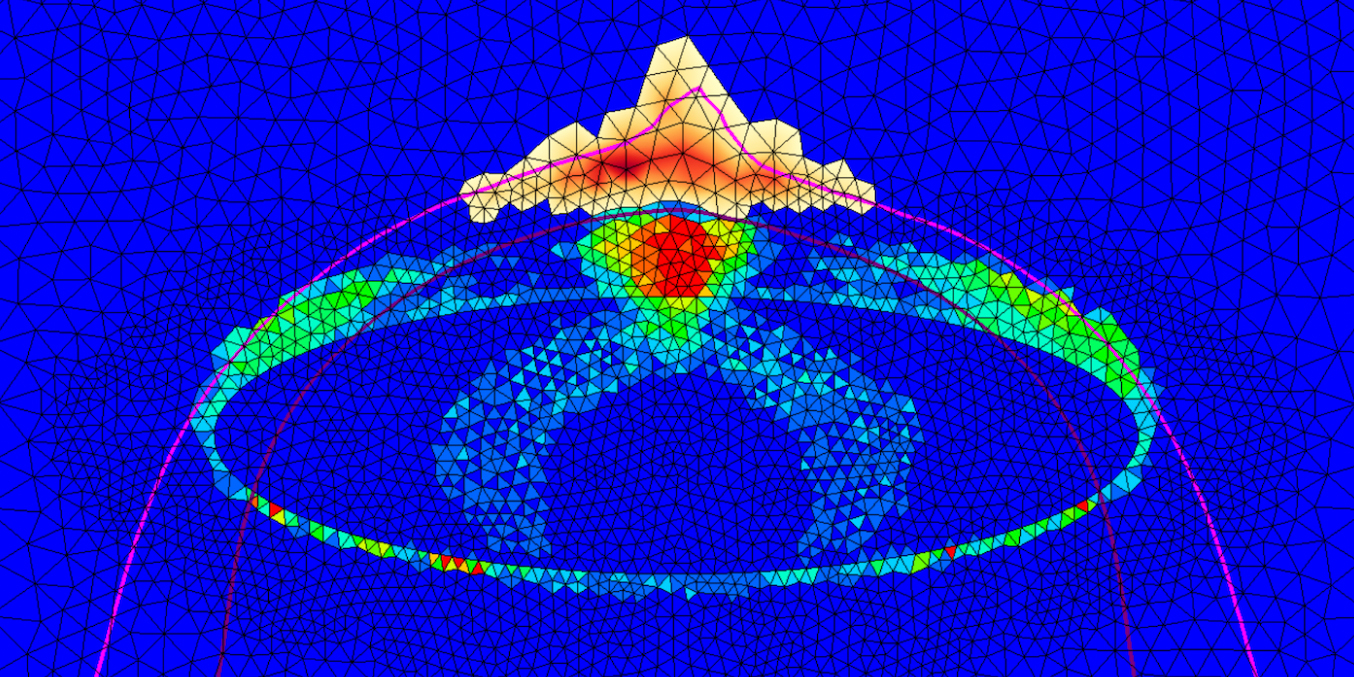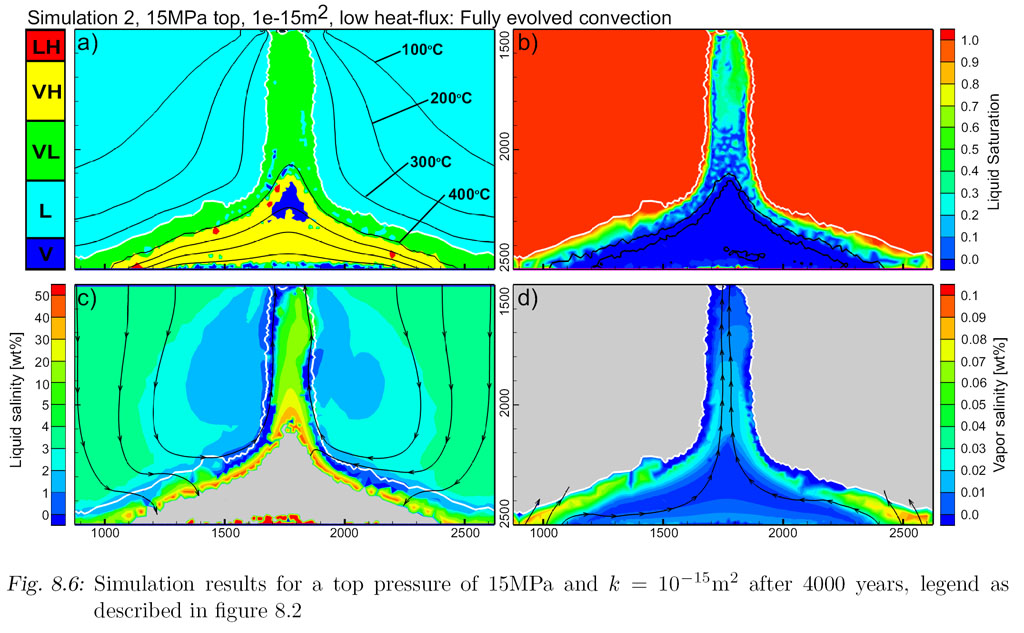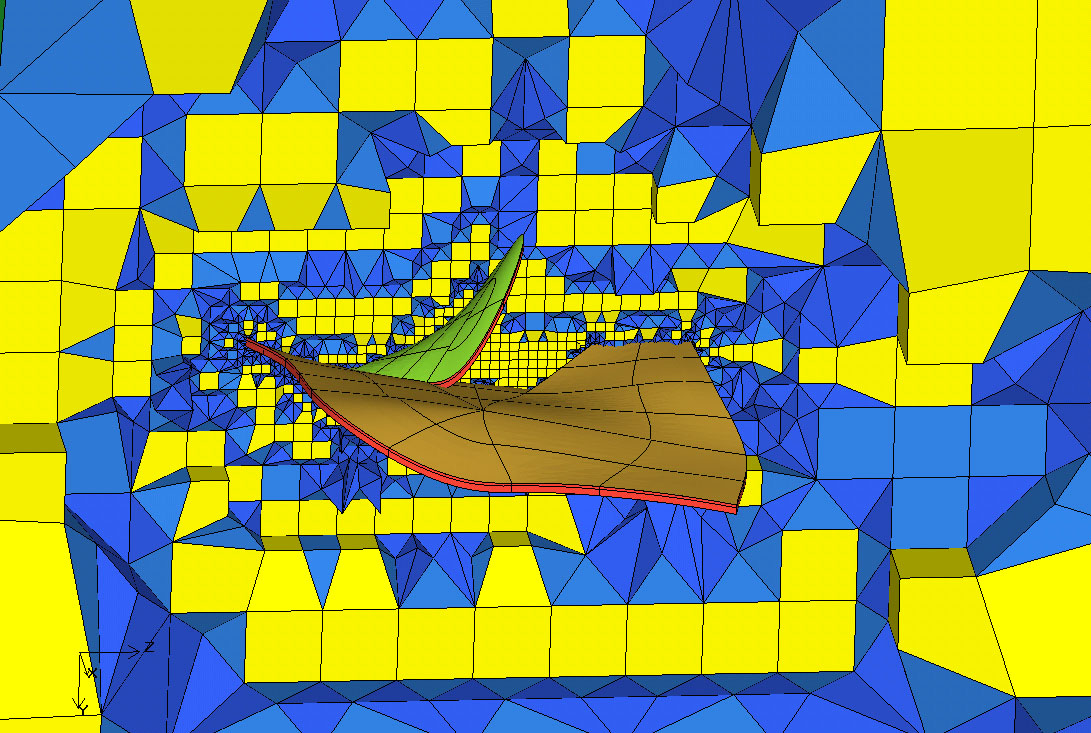Numerical modelling
Hydrothermal ore deposit formation is controlled by a hierarchy of processes:
- A geodynamic/tectonic framework, which sets the scene (for magmatism, structures, metal sources)
- Hydrological processes initiated as a response to that (act as mass transporting machines)
- Chemical processes in the hydrothermal system (ultimately control efficiency of mobilization, transport and precipitation of ore metals)
While the first point can well be addressed with standard geological methods, the latter two leave only very indirect fingerprints of how they operated in the rock record. A lot of insight into the dynamics of these systems can be gained by computer simulation of the processes, often also allowing to pin-point the first order effects that governed ore formation.
Publication
A new paper by Benoit Lamy-Chappuis is currently in preparation.
News articles
Treasures from the deep
People are going to ever greater depths to find workable ore deposits. Professor Christoph Heinrich conducts research into how to find these.
How ore deposits are formed
Computer simulations made by members of our group demonstrate how large copper and gold deposits are formed. The enrichment process of these metals follows physical principles that are similar to the extraction of deep geothermal energy by hydraulic fracturing of the rock.

Meaningful simulations require two main ingredients:
- an accurate description of the physical and chemical properties of the materials involved, and
- computer codes that represent the complex physics of the processes involved as
strictly as possible
Several people in our group have been working on both aspects and have generated a very advanced set of simulation tools. This integrated collection of tools is called the CSMP++, and has been written as an object-oriented C++ library with interfaces to many in- and output formats. The initiative started in the mid-nineties with Stephan Matthai (now at Leoben) implementing the large core part of the platform. The core of CSP are combined finite-element and finite-volume algorithms that are responsible for handling the diffusive (FE) and advective (FV) parts of the governing equations.
Recent projects within our modelling initiative have been:
- A new model for H2O-NaCl fluid properties
- Finite element - finite volume algorithms for multiphase fluid flow
- General patterns of H2O-NaCl fluid flow
- The formation of the giant Mt. Isa Copper Deposit
- Chemical reaction modelling
Contact
- Location location_onNW F 72
- Phone phone+41 44 632 68 03
- Fax print+41 44 632 18 27
- web_asset Detail page
Inst. für Geochemie und Petrologie
Clausiusstrasse 25
8092
Zürich
Switzerland


